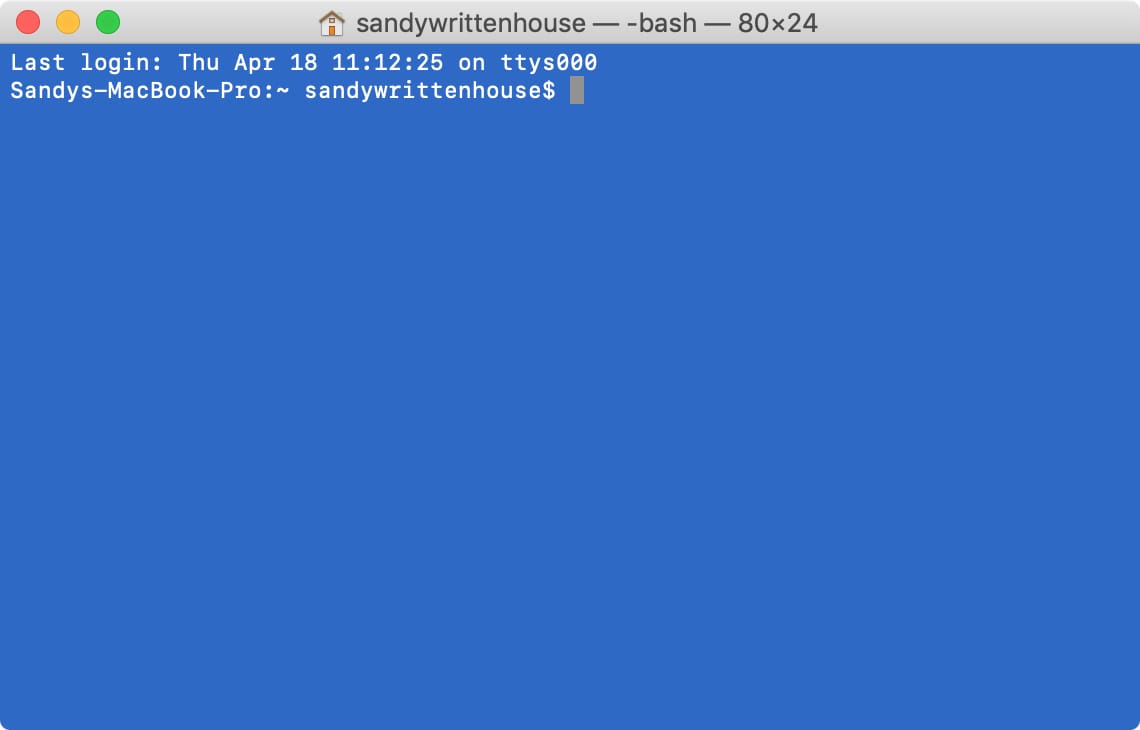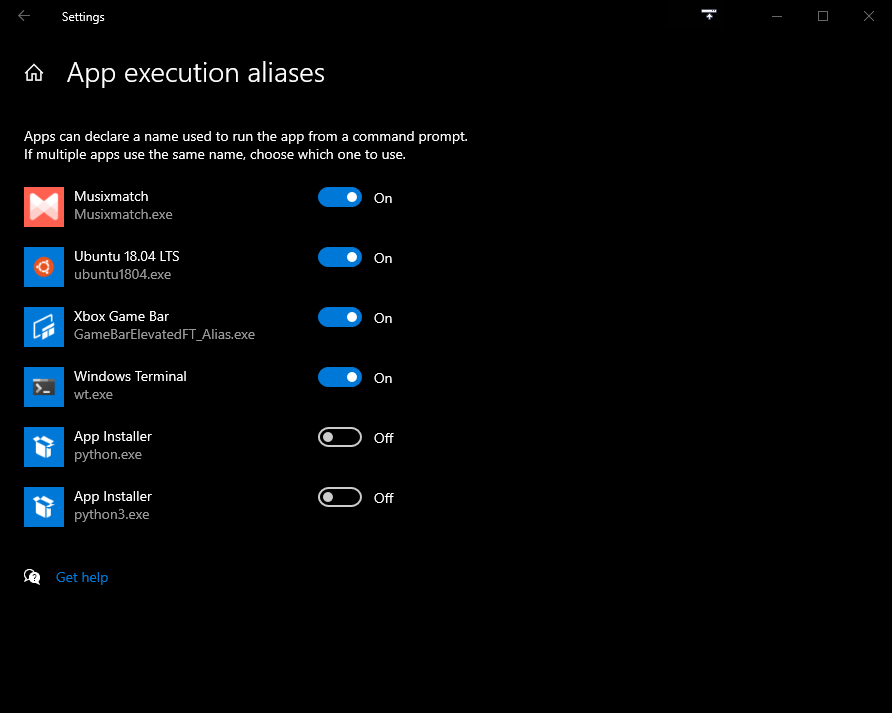

- #OPEN TERMINAL HERE DESKTOP MAC HOW TO#
- #OPEN TERMINAL HERE DESKTOP MAC MAC OS X#
- #OPEN TERMINAL HERE DESKTOP MAC TRIAL#
File Permissions Crash CourseĮvery file and folder on your Mac has a configurable set of permissions.
#OPEN TERMINAL HERE DESKTOP MAC TRIAL#
Use trial and error to find an adequate level of security that everyone can live with. And if you give users too much power, you risk privilege escalation or worse. Users who are too restricted won’t be able to perform basic tasks. Of course, it can be difficult to strike a balance between convenience and security when using permissions. Whether you use your Mac in public places or share it with other users, you may want to change the permissions on your documents to ensure the confidentiality and integrity of your data.

Utilizing this security control can help protect your data from unauthorized access. Your Mac uses permissions to restrict access to applications, files, and folders. (If you’ve never installed a contextual menu plugin before, you simply drop it into ~/Library/Contextual Menu Items and then log out and log back in.AirPort Apple Apps Backups Developer Education Email Hardware Internet iPad iPhone Mac Music Network Photos Security TV Weekend Wonk Choosing this item launches Terminal (or opens a new Terminal window if Terminal is already running) and changes the working directory to the selected folder. My favorite-and a utility I’ve been using for years now-is PyeHouse Development’s Terminal Here Plugin 0.95 ( free), which does exactly what our forums member has requested: After installing Terminal Here Plugin, if you Control/right-click on a folder (or inside an open window) in the Finder, you’ll see a new option in the resulting contextual menu: Open Terminal Here. In fact, there are at least two solutions out there, each of which takes a different approach. As with many OS X “needs,” you’ll find that a clever developer has already provided the solution. Surely there is an easy way to make “Terminal” the handler for folders in OS X, no? Anyone know how?Īs it turns out, it’s even easier than that. Then when you right click on a folder, you see a menu option for “Command Prompt Here…” which will open a command window at that location.
#OPEN TERMINAL HERE DESKTOP MAC HOW TO#
Wrote in a forum thread about Rob’s column:ĭoes anyone know how to edit the contextual menus in OS X? In Windows, all you would do is go into the contextual menu for the object type “Folder” and add “cmd” as an appropriate handler (and give it an intuitive name like “Command Prompt Here…”). If you’re a frequent user of Terminal, Rob’s “hint” teaches you how to use these features while also providing a useful tool.īut-you knew there was a “but” coming, right?-if there’s one thing I’ve learned over the years writing Mac Gems, it’s that there’s always a market for an easier, or even just a different, solution.
#OPEN TERMINAL HERE DESKTOP MAC MAC OS X#
Rob then went on, in typical Mac OS X Hints style, to show you how to create your own solution to this dilemma using Mac OS X’s built-in technologies in this case, a combination of Automator and AppleScript. The solution to that challenge isn’t quite so simple. Most of the time, though, it seems what I want to do is work with the current Finder folder in the Terminal. The Finder will activate with the proper folder opened. (note the trailing dot!) and press Return.

That’s actually pretty simple to do-just type open. For example, there are times when I want to open the current Terminal directory in the Finder. As someone who works with the Terminal a lot, I often find myself wanting to do things between the Terminal and the Finder.


 0 kommentar(er)
0 kommentar(er)
